Latest
-

What do logistics companies do?
An important cog in the machine that drives domestic and international economies alike, logistics companies come in many different shapes and sizes, and each specialise in different areas. Ultimately, they all have the same objective – to facilitate the transportation…
-

Spotlight on sustainability: paving the road to a greener supply chain
The issue of sustainability has risen up the agenda in many industries in recent years due to the ever-increasing threat posed by climate change and the growing consumer demand for more eco-friendly solutions. Industries are also facing pressure from governments…
-
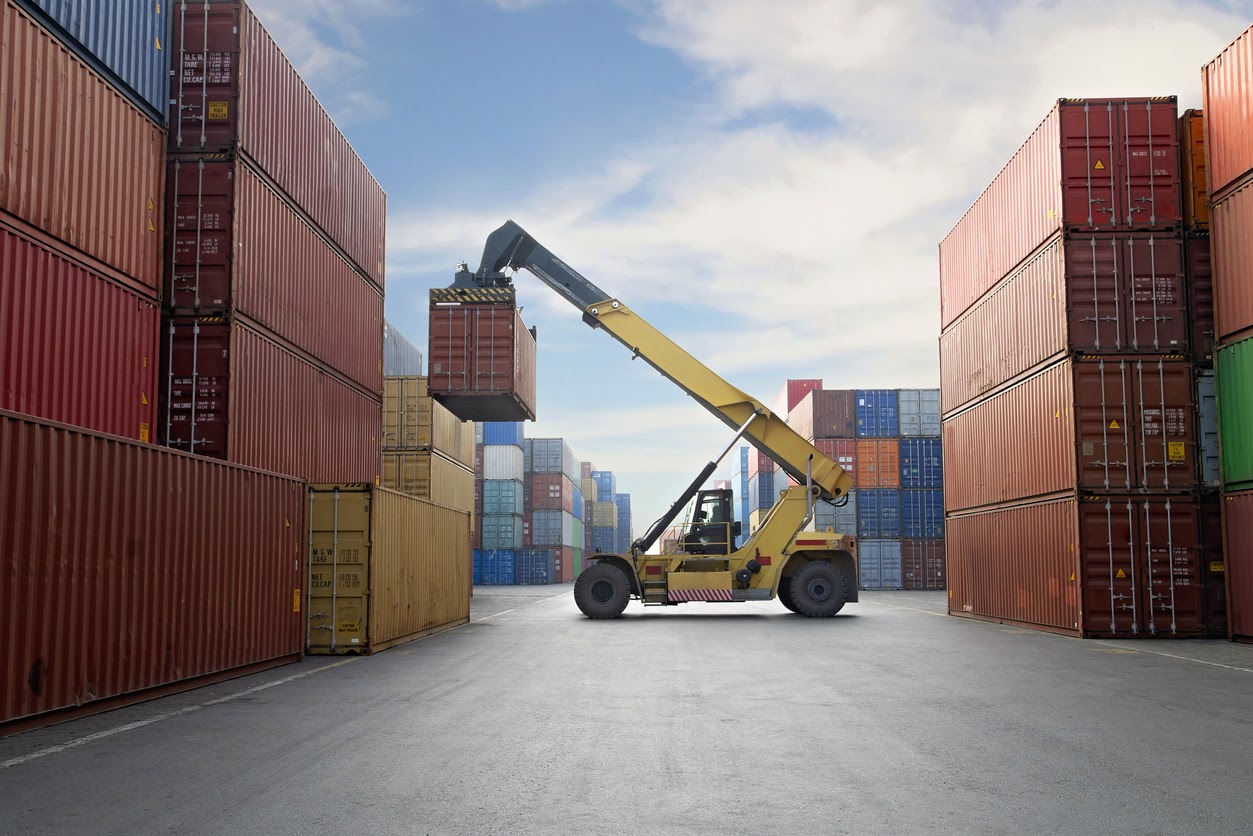
How does a freight forwarding company work?
For companies that trade large quantities of goods in multiple countries and rely on seamless exporting and importing in order for a business to run smoothly, third party help when it comes to managing freight can be an essential tool. Taking care…
-
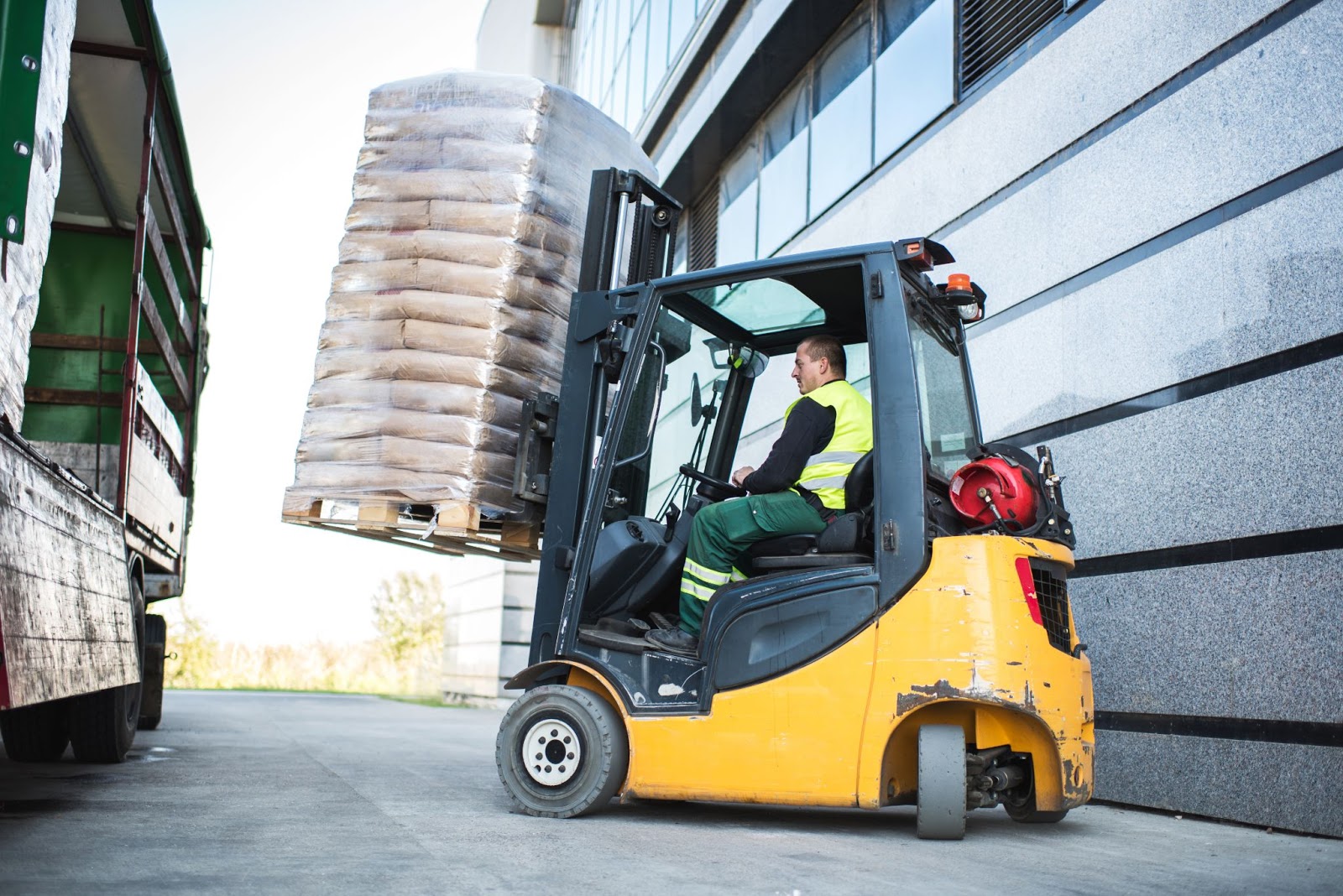
How to load a truck
When it comes to transporting road freight, efficiency matters. This is true at every phase of the process, from warehousing right through to delivery. In this article, we focus on loading. If time or space is mismanaged during this vital stage, you could…
-

What does Brexit mean for UK companies?
With Brexit having officially come into effect at the start of 2021, new rules have altered the way many processes happen for a wide variety of industries that trade between the UK and the EU. From these industries, UK businesses have had…
-
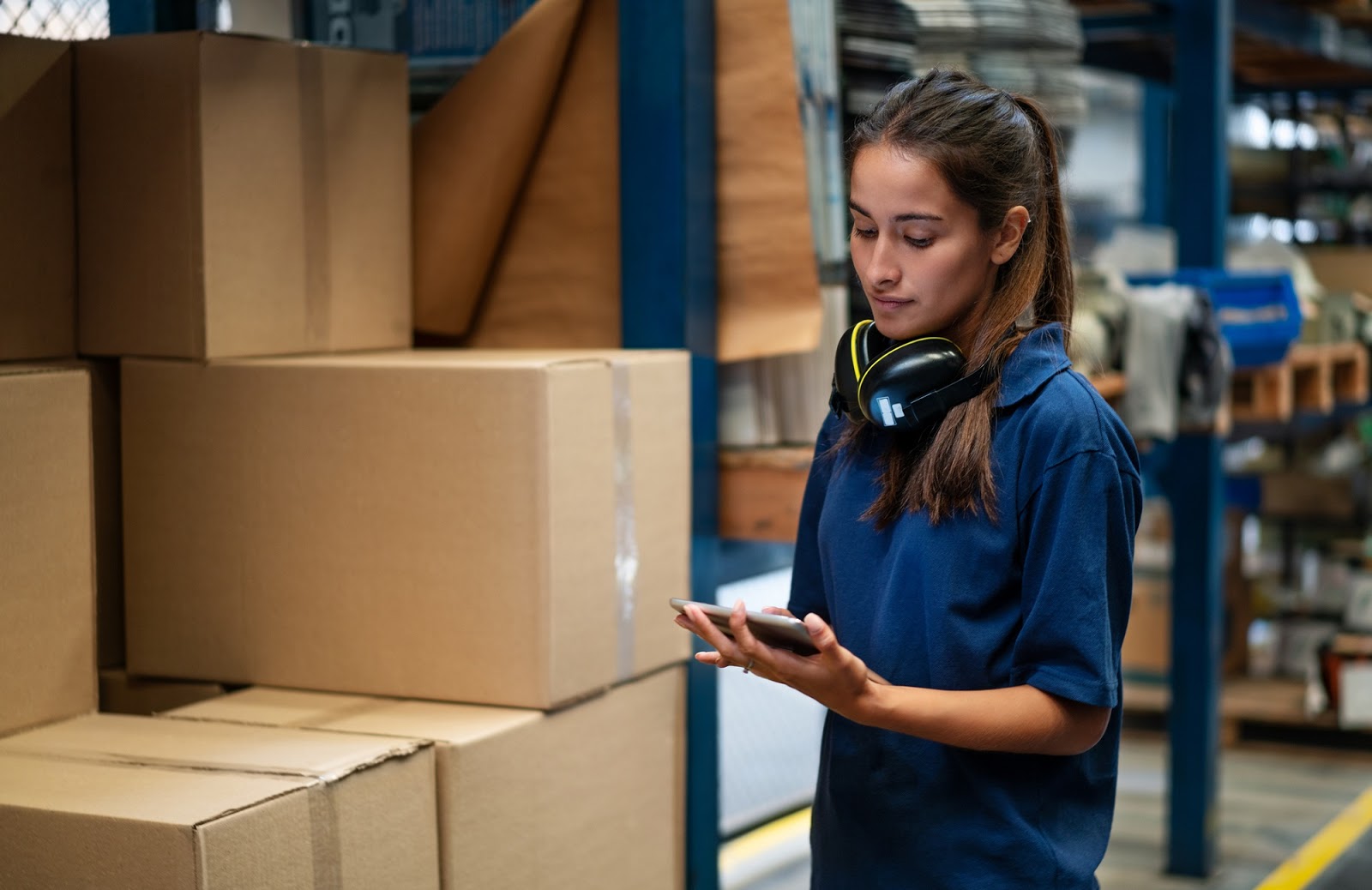
How will Brexit affect the shipping industry?
Following the UK’s decision to leave the European Union, many different industries are likely to undergo significant changes as they adapt to a new way of operating. In some cases, it could offer a multitude of benefits, but for the…
-

How will Brexit affect freight forwarders?
Coming into action at the start of 2021, Brexit has had a big impact on the way the UK can trade with the EU and the rest of the world. Although this has affected multiple industries and many e-commerce businesses, it’s also…
-

How an inventory management system works
In modern business, effective inventory management is a key factor in running a successful supply chain. Many businesses utilise inventories for a number of different reasons, but if they are not being managed properly, certain processes may not run smoothly, orders may…
-
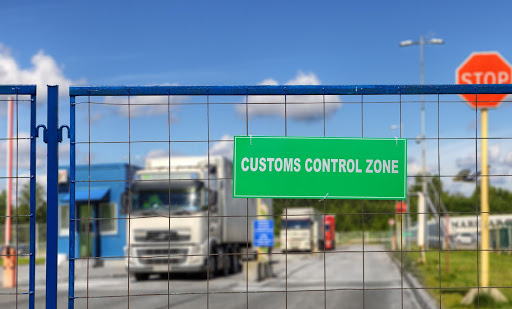
How will Brexit affect logistics?
At the start of 2021, the Brexit transition period came to an end altering the relationship between the UK and Europe, and changing the way goods are transported between the two areas. But despite the seemingly endless talks between the UK and…
-
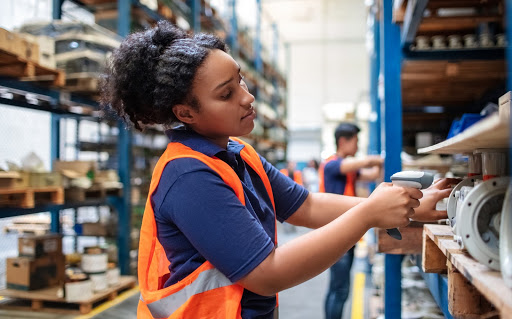
How to manage inventory
For any business that uses a warehouse or storage facility to maintain stock, inventory management is a crucial process that, if done well, improves the effectiveness of the supply chain. By implementing an inventory management process that works, businesses can ensure that…
-
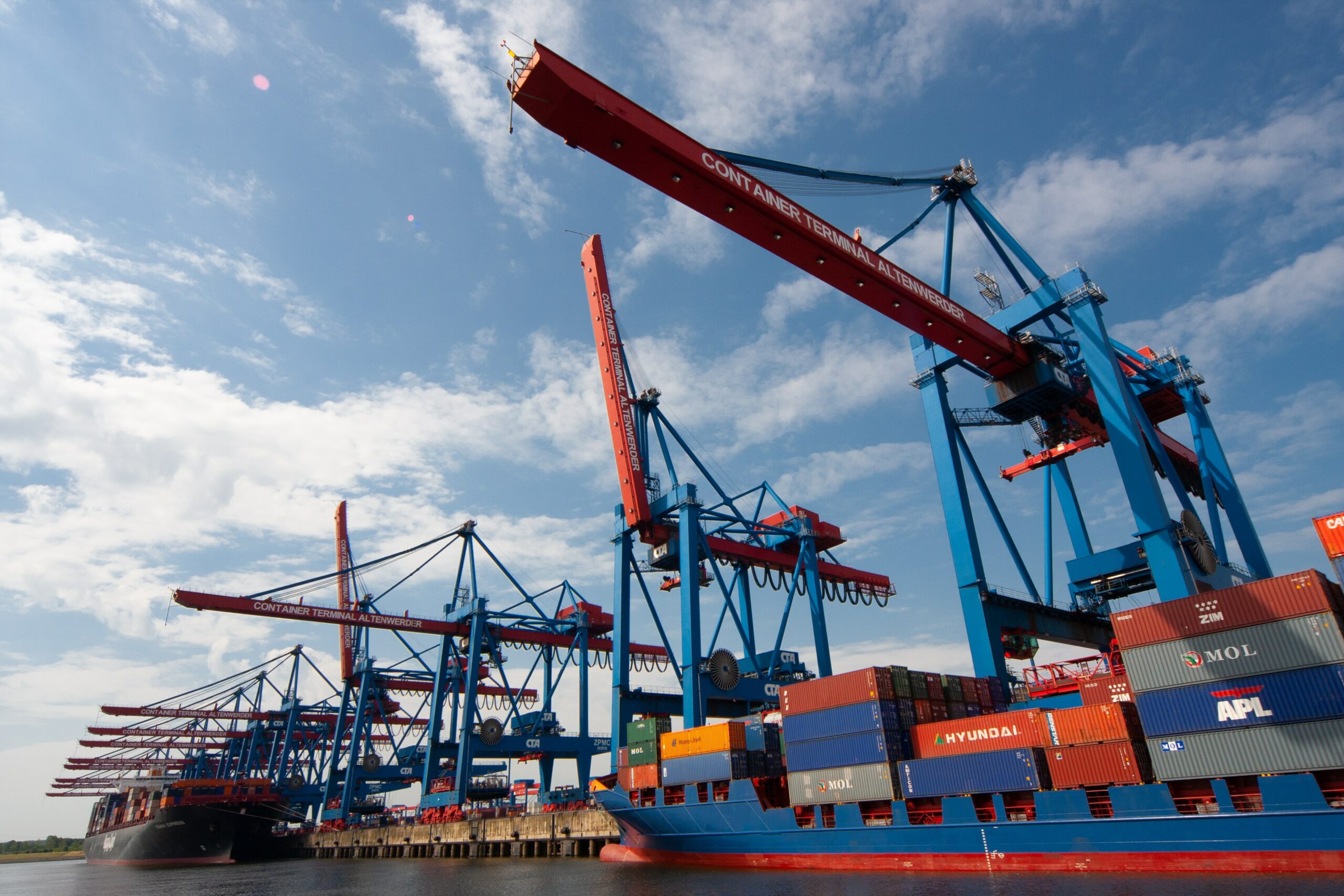
The UK’s top importers pre-Brexit and future opportunities
Brexit has given rise to confusion and concern among businesses and consumers alike where importation is concerned. While the UK-EU Trade and Cooperation Agreement is available for all to read, the reality of what the deal means is yet to…
-
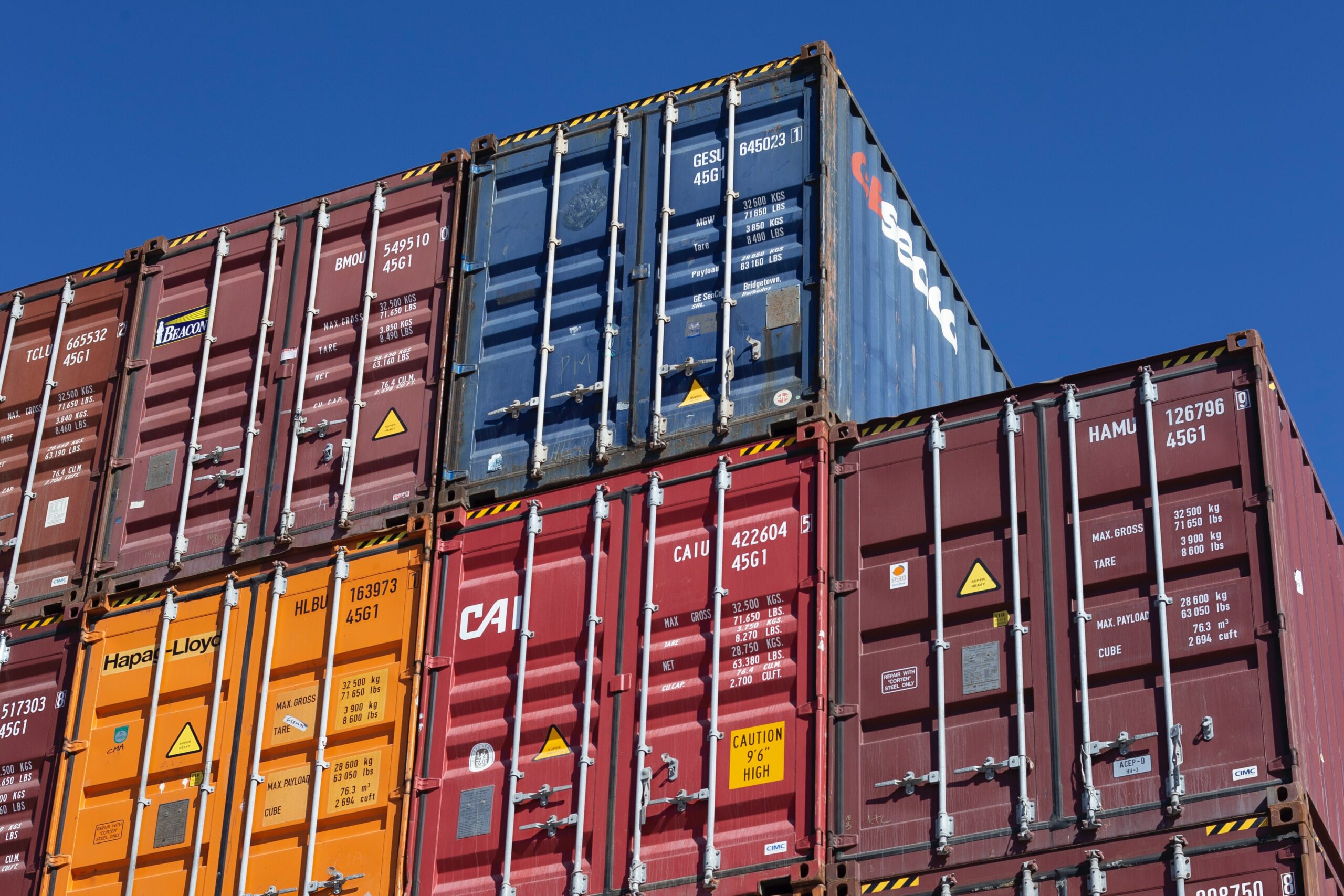
A simple guide to importing your goods into the UK
Importing goods into the UK from other countries may seem like a complex process at first – and you may feel even further confused by how it works in the post-Brexit and COVID-19 world that we’re currently living in. However,…